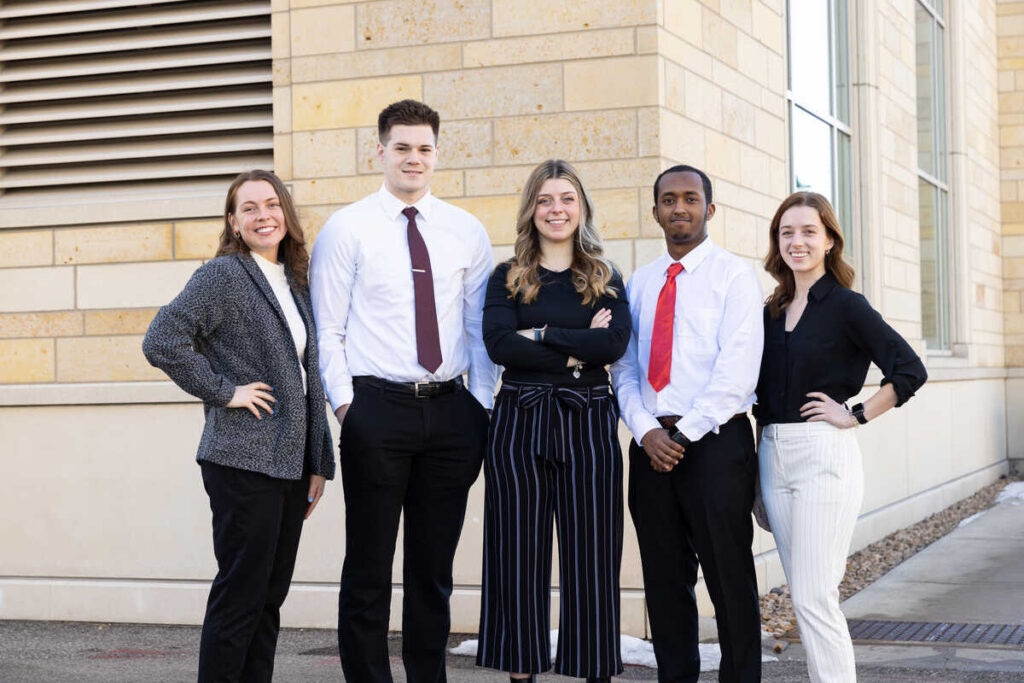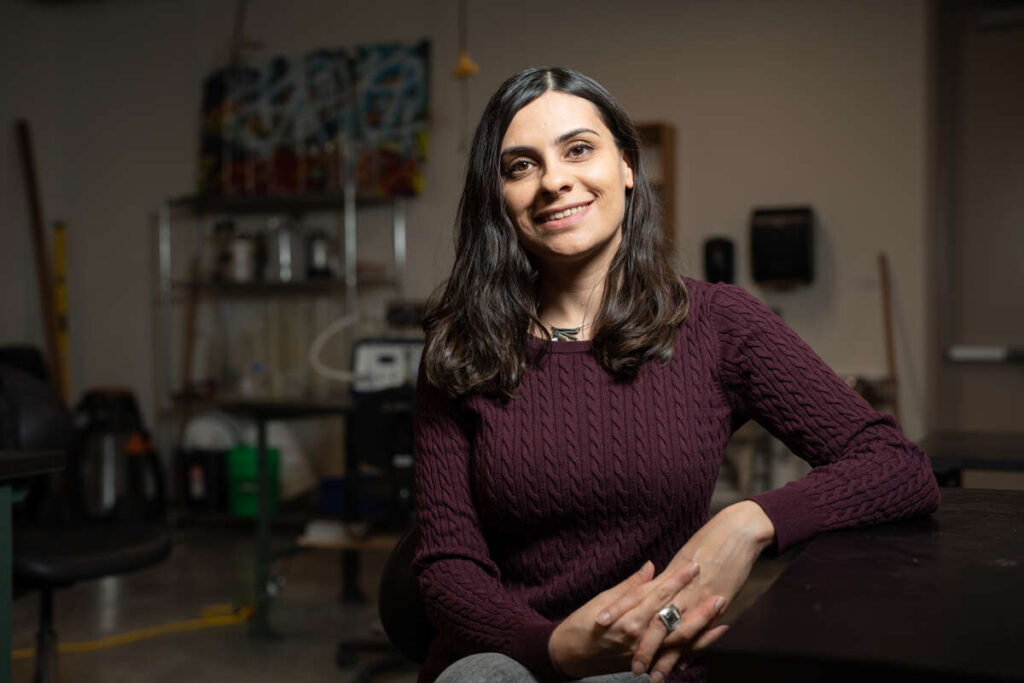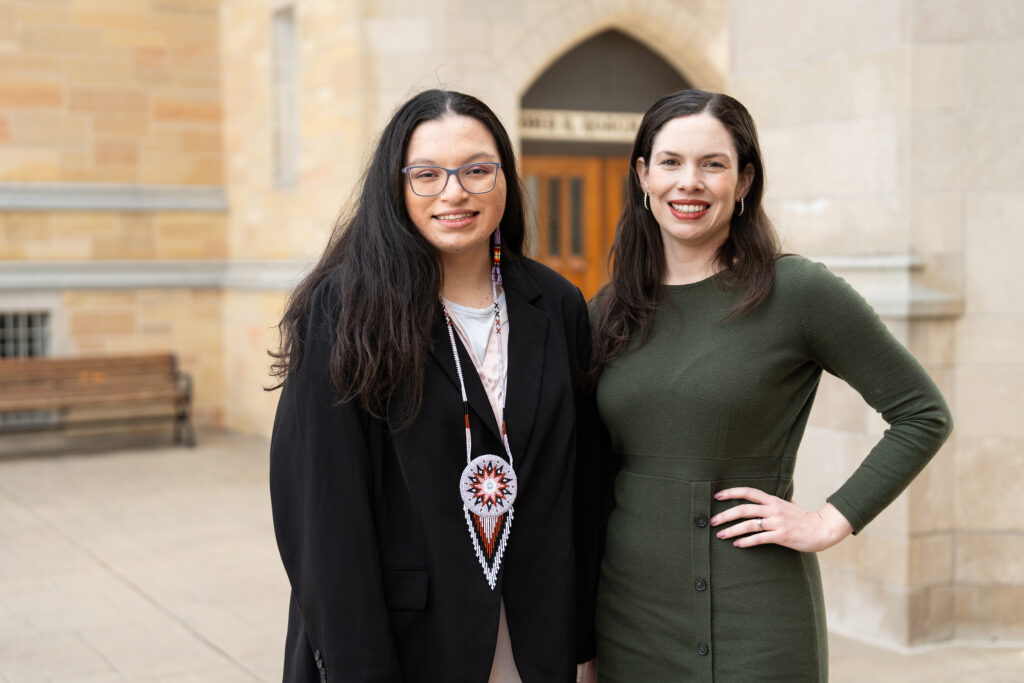
Heather Orser
Assistant Professor
Electrical and Computer Engineering
ADVANCING NEUROSCIENCE: ELECTRONICS FOR A BETTER FUTURE
What: Improving interactions between the nervous system and electronics to support investigation and treatment of neural diseases (e.g., Parkinson’s, essential tremor, dystonia, incontinence, sleep apnea) while finding ways to improve accessibility with less expensive designs.
How: Looking at capabilities of sensing circuits and how to improve them, while also looking at stimulation and exploring better and less expensive stimulators that can change neuron behavior.
Why: To improve therapies for patients today, development and testing is critical. Improving existing therapies can enhance our capabilities to maintain a healthy state in people’s bodies.
Impact: For University of St. Thomas students, it provides them with hands-on opportunity and exposure to standard tools of industry, circuit design, and development of systems. For researchers, it is helping to improve accessibility (user friendliness, availability). For industry, evaluating their devices can lead to potential new use models.

Brittany Nelson-Cheeseman
Associate Professor
Mechanical Engineering
3D PRINTING MAGNETIC ELASTOMERS FOR SOFT ROBOTIC BIOMEDICAL APPLICATIONS
What: Magnetic elastomers can be guided inside the body by external magnetic tools, allowing complex navigation control to get them to key areas in the body remotely. This research is looking at how the performance (magneto action) is influenced by the way the magnetic elastomers are 3D-printed and the material used.
How: Exploring different flexible composite materials with magnetic properties, but all from the same polymer family, we are utilizing 3D printing of these materials to explore enhanced functionality/performance.
Why: Interventions in the body are a key area of research, with applications like enabling targeted drug delivery and remotely performing complex motions at the point of contact to acoustic shielding. Utilizing 3D printing is a unique approach to enhance functionality and performance.
Impact: For undergraduate students, they are given a chance to work hands-on on research in the lab, publish their own journal articles (which is very unusual at the undergraduate level) and present their work at national conferences. Innovative surgical interventions can be enabled and enhanced by biomedical companies and doctors.
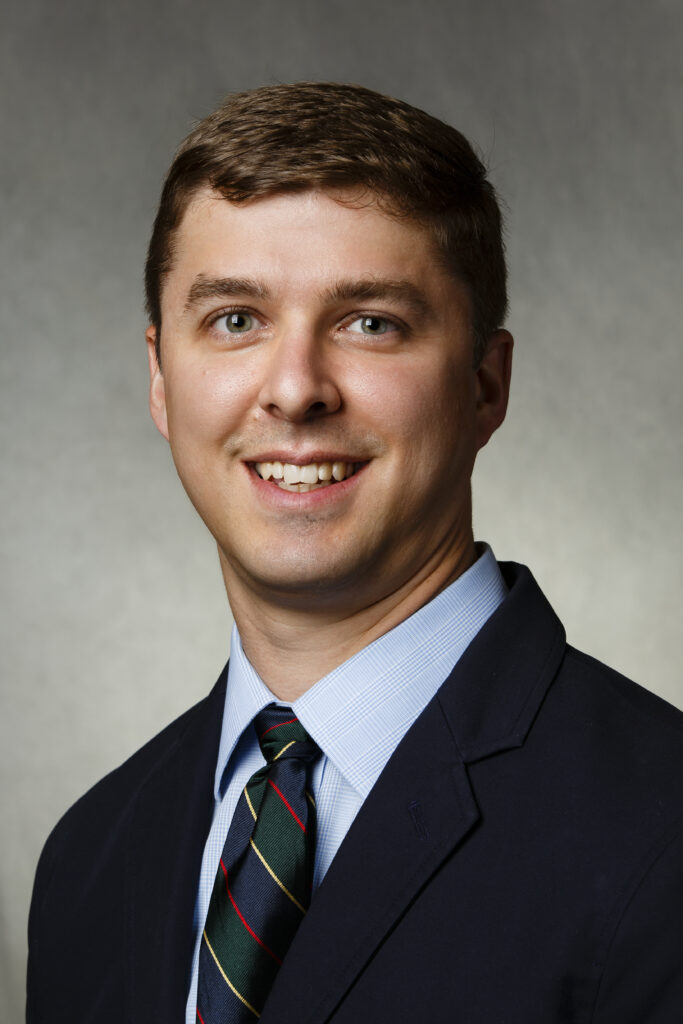
Tom Secord
Associate Professor
Mechanical Engineering
THE NEXT, NEXT-GENERATION TECHNOLOGY IS HAPPENING NOW
What: Research to overcome technological challenges that exist in medical devices. This includes making more efficient mechanisms using resonance, developing energy harvesting systems that adapt to varying conditions, making more accurate test methods for medical devices, and designing devices that enable scientific work.
How: The general approach is to focus on advanced and novel mechatronic system development, situating the research at the inflection point between advanced industrial research and purely scientific inquiry.
Why: In the medical device realm, the ideas and technologies that my research develops hold promise for both future products and future scientific research. The local medical device industry would be interested in tunable resonance energy harvesting research because it holds the promise of less reliance on battery technology. Our work in mitral valve motion simulation could enable better replacement heart valve devices and more rapid assurances of device safety. Our peers in science and medicine are also interested in our current research because it can enable the discovery of new cellular level physiology and the development of new wound healing therapies.
Impact: The ultimate mission of my work is to positively change lives through medical technology. Much of the work we are doing at St. Thomas is next, next-generation technology – aiming to go one step beyond current performance.
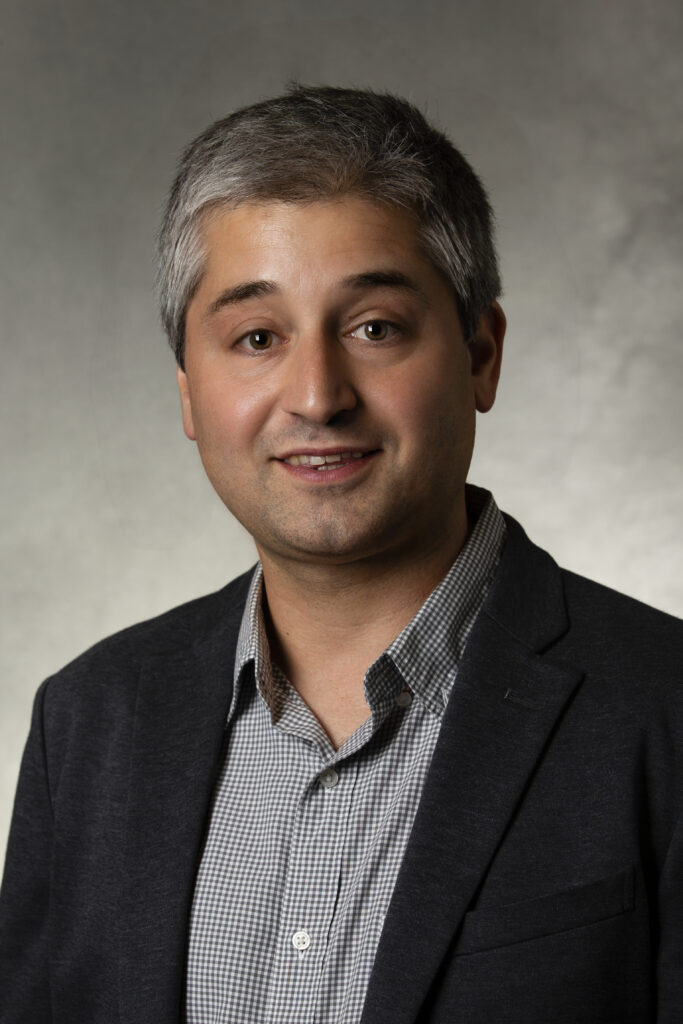
Abe Kazemzadeh
Assistant Professor
Software Engineering and Data Science
AT THE INTERSECTION OF HUMAN EMOTIONS AND COMPUTERS
What: Affective computing, the study and development of systems and devices that can recognize, interpret, process and simulate “human affects.”
How: Using a 20 questions game, human versus computer – guessing which emotion, based on open-ended (not fixed) questions back and forth, we are collecting data that will help to build a model that enables computers to identify human emotions and create a dialog agent (chatbot) that can talk about human emotions.
Why: There’s been a fork in dialogue research where dialogue systems have either progressed toward long open-ended chat (no specific task other than having a conversation and imitating human conversation) or short task-oriented dialogues like Alexa and Siri. This space of large language models (neural network models) is very influential and important for improving language capabilities in describing emotions, and while the application is speculative, and more conceptual at this point, it could enable things like automated therapists.
Impact: One hypothesis outcome is that emotionally aware computer interfaces will improve human-computer interaction. Another big-picture hypothesis outcome is that human emotions are not just emotional behavior, but they are theoretical entities that we can talk about, so they may have language- and culture-specific features.
This story is featured in the spring 2023 issue of St. Thomas Engineer.



